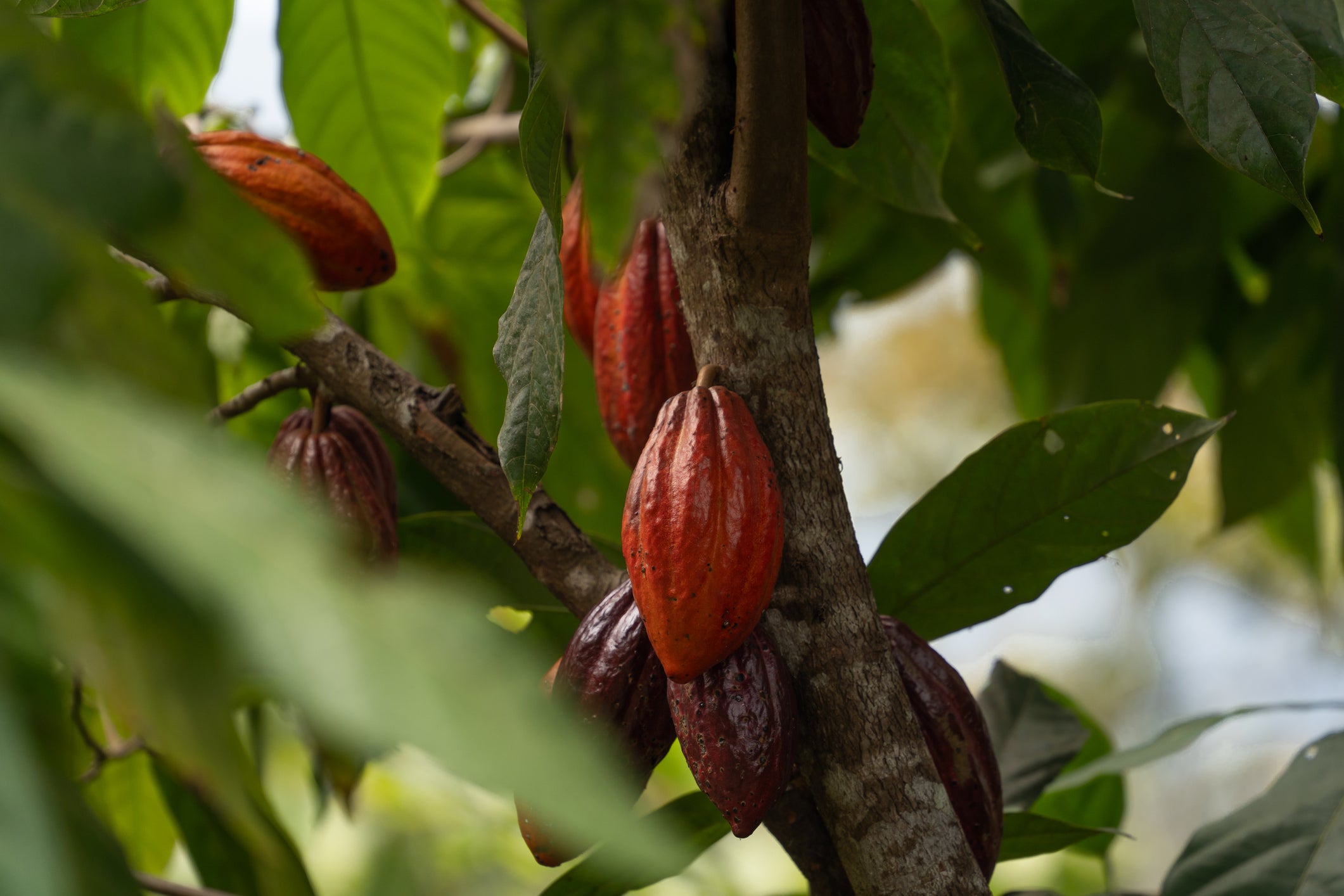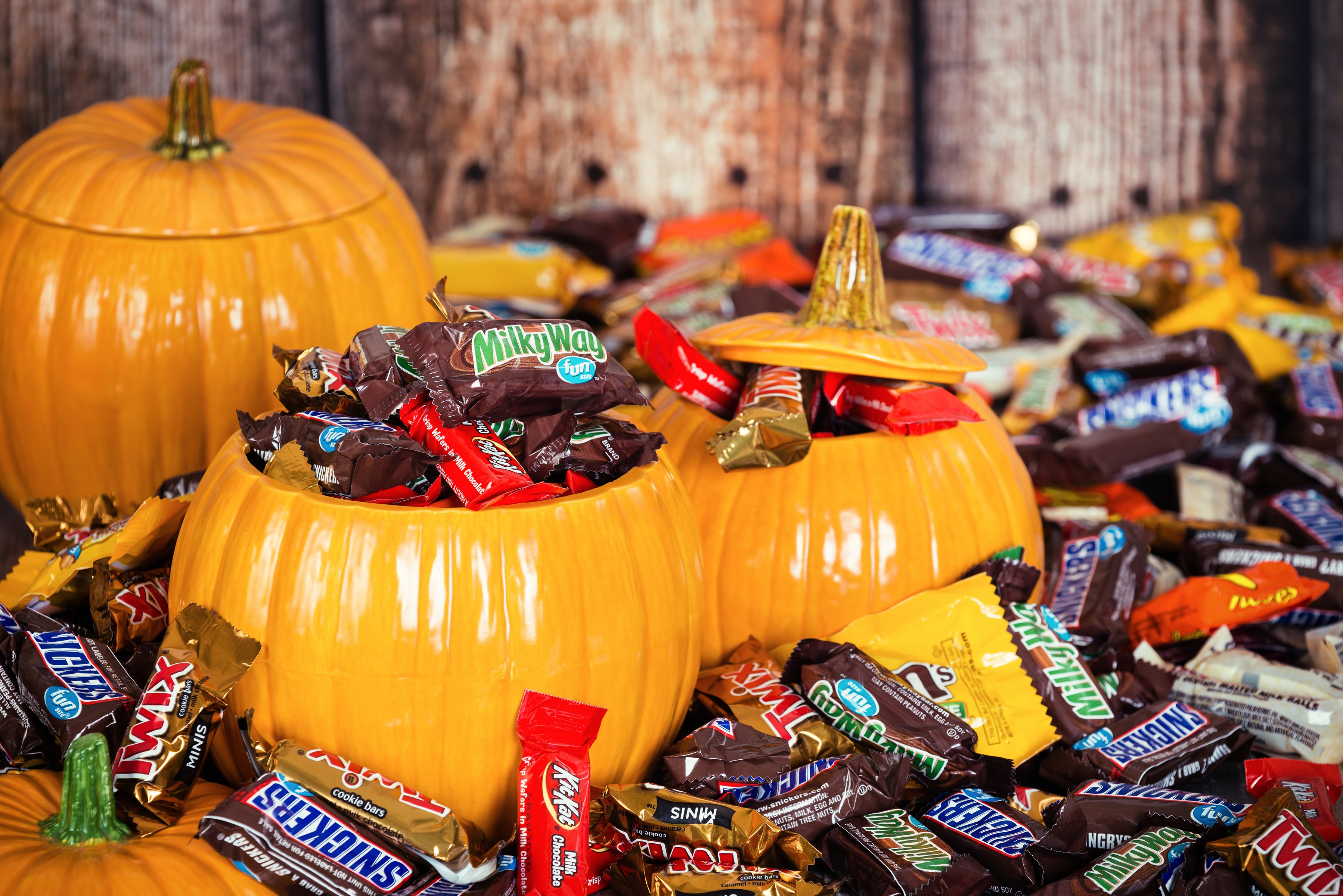Halloween candy purchases may seem a little more expensive this year – but while the cost of goods has been going up across the board in recent years, the reasons for the rise in the price of chocolates has its own concerning explanation.
While everyone loves chocolate, global shortages in cocoa have kept prices abnormally high.
Cocoa beans, the processed version of cacao beans, are a main ingredient for the production of chocolate.
The beans are found in fruit on trees in Africa, Central America, South America, Indonesia, and the Caribbean.
Shortages of the bean are linked to adverse weather conditions, diseases, pest, and old trees that affected production in major growing areas.
The trees that grow the beans need specific conditions. They can only thrive about 20 degrees north and south of the Earth’s equator, in high humidity and the tropical conditions of the rainforests.
The last couple of years have seen rising temperatures and drought that’s impacted the beans.
Higher temperatures squeeze more water out of soil and plants, and government agency the National Oceanic and Atmospheric Administration (NOAA) notes that it’s unlikely rainfall will increase enough to offset that moisture loss.
On the other end of the spectrum, increased precipitation can hurt farmers’ yields as well.
In Ghana and along the Ivory Coast, heavy rains and flooding caused crop damage last December.
A fungal disease spread to the trees, causing the plants to rot.

A March report from the UK nonprofit Energy and Climate Intelligence Unit found that nearly all of cocoa is grown in countries that are the most vulnerable to climate impacts and the least well prepared to cope with the resulting effects.
That same month, the price of cocoa beans rose to over $8,000, a sum nearly three times the price in March 2020.
Although there’s been a bit of rebound since the beginning of the year, the International Cocoa Organization said in an August report that prices remain high. Global production is expected to decrease by 14.2 percent from last year’s season.
Wells Fargo said in its own third-quarter report that cocoa prices continued to exceed $8,127 per metric ton.
But, while prices may be up for the rest of the year, research from JP Morgan published earlier in the year forecast they will come down slightly.

Last week, major chocolate-maker Hershey announced a $550 million investment to address challenges facing cocoa farmers in the Ivory Coast.
And, the National Retail Federation expects Halloween sales to pull back a bit this year, down from a record $12.1 billion last year to $11.6 billion.
“We’re going to see a lot of new creations — Halloween treats in the gummy and Twizzler theme and other kinds of non-chocolate confections — hitting stores to capture that sales growth at a lower price point,” David Branch, a commodities analyst for Wells Fargo Agri-Food Institute, told The Washington Post last week.







